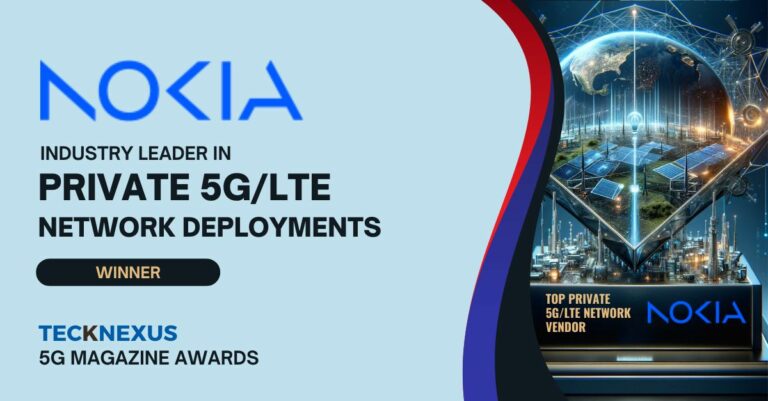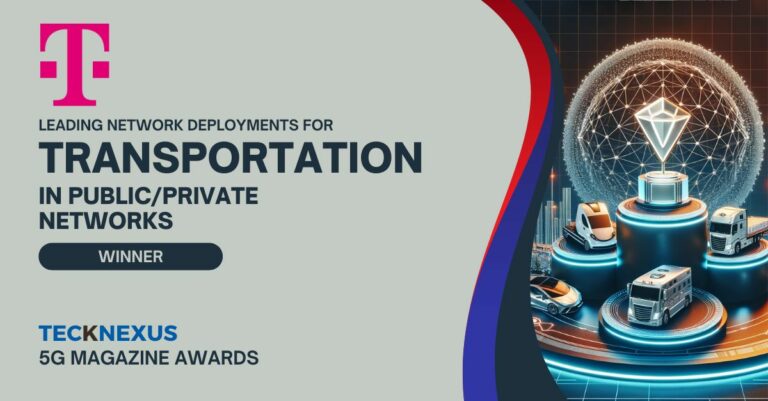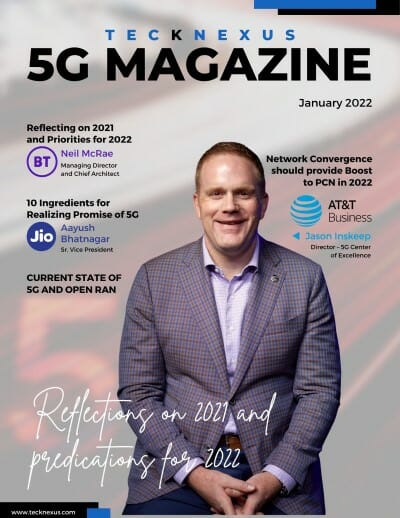Background
Edge Computing and 5G for Enterprise
Digital transformation requires edge computing. Various edge computing applications such as augmented reality, IoT, machine learning, drone control, and robotics are already revolutionizing industries ranging from manufacturing to warehouses to agriculture and additional verticals. An added enhancement to edge computing is the use of private 5G networks.
A private 5G network is a captive network that can be used only by the enterprise. It is an efficient network to connect end devices to edge computing applications that provide high reliability, low latency, security, and energy efficiency.

Nokia Bell Labs estimates that the 5G and Edge Computing space will be 800 billion in 2030
Aarna Networks estimates that the Management piece of the 5G and Edge Computing space will be 64 billion in 2030
Problem Statement
Management Complexity
With 5G and Edge computing, there is an explosion of management complexity because there are hundreds of software instances (that include edge applications and private 5G applications), tens of thousands of edge locations, and tens of infrastructure providers. Existing approaches and solutions are not able to adequately scale to address this complexity.

Aarna Networks Solution
Edge Computing and Private 5G
Aarna Networks approaches edge computing and 5G from a management plane point of view. Specifically, Aarna Networks solves enterprise edge and private 5G complexity through zero-touch infrastructure network services and edge application orchestration and management.
Aarna Networks Multi-Cluster Orchestration Platform (AMCOP) takes thousands of applications and orchestrates them across tens of thousands of K8s clusters based on business intent. AMCOP leverages templating, machine learning, and big data to solve management complexity.

Case Study | Aarna & Keysight
Aarna and Keysight Build CI/CD Test Automation
AMCOP and LoadCore™ integration automates workflows, create efficiencies, and enables CI/CD
Summary – Keysight Technologies’ LoadCore solution simulates mobile subscribers and generates traffic under real network conditions for systems testing and analysis. Formerly a manual process, Keysight integrated Aarna Networks’ AMCOP solution with LoadCore to automate workflows, create efficiencies, and enable Continuous Integration / Continuous Delivery (CI/CD).
Benefits – Test cases that fail are now automatically decommissioned which simplifies test analysis, avoids manual configuration steps, and reduces OPEX by conserving server resources and staff time. What once took hours and days has now been automated to run continuously as a seamless component of the CI/CD workflow. For example, for a 100,000 UE Simulation with 100 Tests, the amount of manual effort can be cut from from 1 week to just 2 minutes.
“Leveraging AMCOP into the LoadCore offering certainly reduces test time and costs – but even more importantly – it reduces human intervention and creates a truly dynamic CI/CD environment for today’s elastic scaling environments.” – Daniel Musat, Keysight Technologies
Read more about Aarna Networks and Keysight Case Study
Case Study | Aarna and Tigo
E2E Network Services Automation
Tigo Guatemala and Aarna Networks leverage an open source cloud-based solution to automate E2E services discovery and testing
Summary – TIGO Guatemala with the help of Aarna Networks automated the discovery and testing of end-to-end services and devices for customers using their MPLS network through a cloud-based solution utilizing key ONAP components deployed onto Kubernetes clusters. This automation improved efficiency and reduced their Mean Time to Response (MTTR) to incidents – a key performance metric.
Benefits – Using ONAP, Tigo can now configure and communicate with 10-12 different models of devices on their MPLS network, avoiding the need for manual configuration templates. The automation is helping Tigo to detect, diagnose, and start remediating incidents, oftentimes before the customer can detect and report it.
“We were surprised by all the things that are possible with ONAP! Aarna Networks helped us take advantage of using open source projects and achieve tangible improvements in our key performance metrics like MTTR. We expect to leverage more platform capabilities in the future and use ONAP to help us migrate towards a virtual network.” – Michel Rmairez, Tigo Guatemala (Millicom)
Read more about Aarna Networks and Tigo case study
Case Study | Aarna Networks and Equinix
EMCO: Infrastructure as Code
Equinix taps infrastructure as code from EMCO to simplify orchestration for customers
Summary – Equinix saw growing customer demand for hybrid MEC with edge applications requiring services in one or more domains. Leveraging the EMCO project and working with Aarna Networks, Equinix allowed customers to see and enable infrastructure uniformly across domains, then deploy applications on top of it in just a few clicks.
Benefits – With EMCO, because it’s multi-domain, Equinix can expand their capabilities to reach past the front door into the cloud for configuration and application. They can reduce complexity by using EMCO to make orchestration easier for their customers, thereby increasing consumption.
“The big lesson for me is that we can now think of composing and orchestrating physical infrastructure as if it were software. Infrastructure-as-code is becoming the most popular way of configuring resources. EMCO helps us make it look as though it’s driven by intelligent workflow, all the way up to intent-based infrastructure enablement.” – Oleg Berzin, Equinix
Read more about Aarna Networks and Equinix case study































































